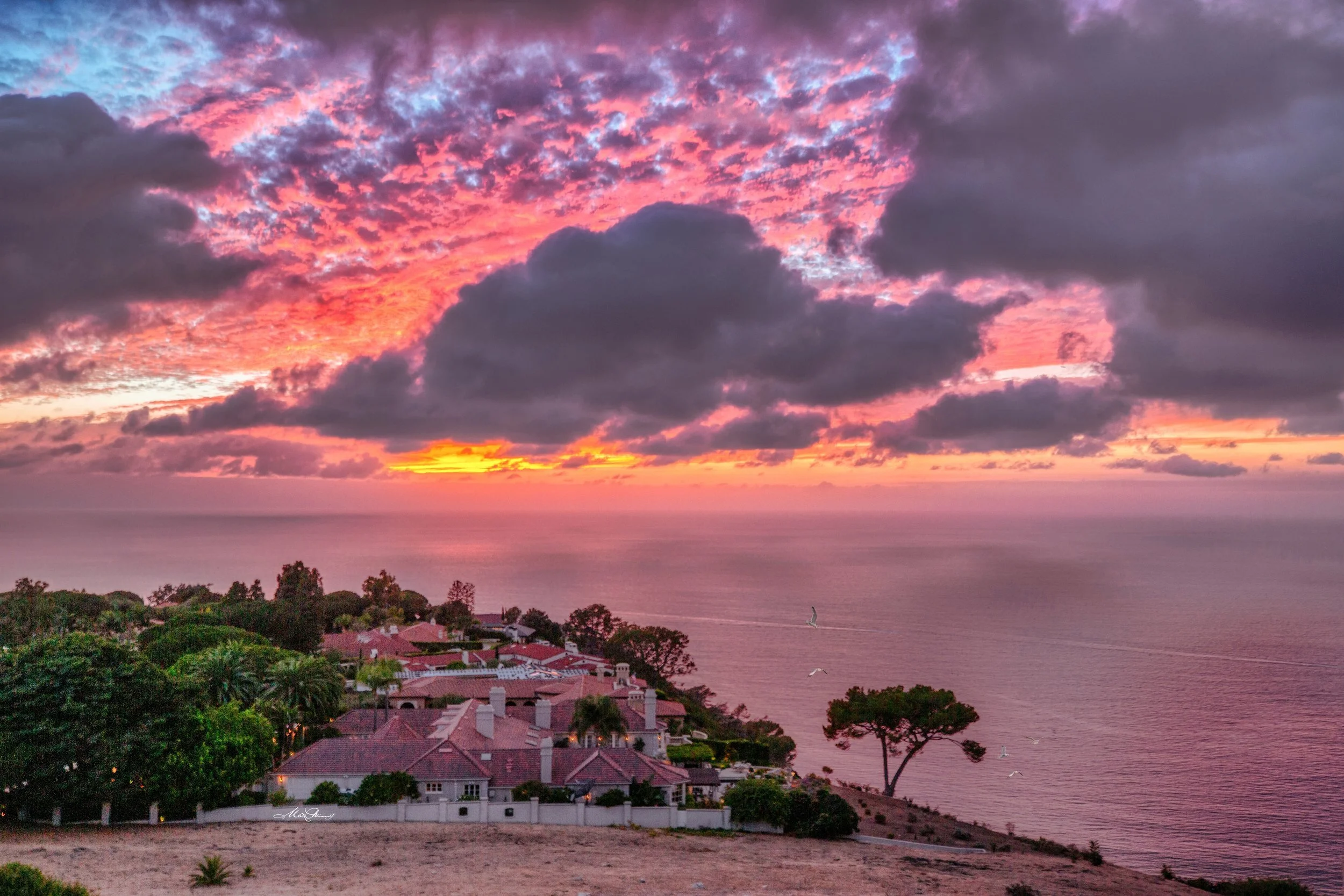Shifting Grounds: The Relocation and Preservation of Wayfarers Chapel
Photo credit: Steve Tabor
Authorities recently revealed that Wayfarers Chapel, a renowned glass and redwood sanctuary on the Palos Verdes Peninsula, would be dismantled and moved, just weeks after the Lloyd Wright Jr.–designed church closed to the public owing to land movement. According to Executive Director Dan Burchett, the 10-person chapel board of directors came up with the move plan in the past two weeks, according to an announcement made on Wednesday, April 10.
Although preserving the Palos Verdes Peninsula's architectural gem is the goal, Burchett has received offers of land as far away as San Jose and has been approached about the possibility of relocating. The 70-year-old wedding venue, which was honored with the National Historic Landmark designation in December, is in a sorry state because of the 3.5 acres it sits on within the Portuguese Bend Landslide Complex, an unstable area. The extensive destruction to Wayfarers is among the most significant losses suffered by Rancho Palos Verdes and the Peninsula overall. Winter rainstorms in the last two years have exacerbated the effects of increasing ground movement around the Peninsula, destroying homes, buckling a major road, and closing hiking trails, among other things.
Water is flowing beneath Wayfarers Chapel's foundation and retaining wall outside the chapel is exposed and damaged. There are fissures in a few of the stone paths. A sloping mound is the blacktop parking lot. At now, twelve panes of broken glass are scattered around the chapel, with one pane having completely crashed into the roof. RPV spokeswoman Megan Barnes said that the 2020 office project will likely be red-tagged soon.
Wayfarers officiant Burchett spent most of his 24 years there and said it was "tiresome, depressing, and all kinds of things." He has been in charge of administration since 2018. The continual shifting of the soil beneath the lot, Burchett said, makes it unlikely that the chapel can be rebuilt in its present site. There is just too much surface tremor. Burchett promised that the beloved chapel's steel and wood bents would be dismantled, sorted, and saved for use in future building projects and relocations. According to him, it would be necessary to replace all of the glass with safety glass.
Photo credit: Steve Tabor
Regardless of where a revitalized Wayfarers ends up, Burchett said that church leaders will want to retain historical and architectural integrity. Additional requirements include an ocean view and a well-maintained forest of trees. On the current grounds, there is a redwood forest and a glass chapel encircled by about twenty stone pine trees. But Burchett said they probably won't find a place with such trees and plants.
Nevertheless, there is a monetary expense associated with buying a new site and the tedious procedure of removing an emblem. Before the land movement closed the popular facility, Wayfarers was contemplating a renovation that would cost more than $10 million, according to Rev. David Brown. According to him, RPV representatives have not yet met with Burchett and the board of directors. But they will soon be contacting RPV and community groups to plot out Wayfarers' future routes, he said. The city is open to hearing speakers, says Barnes.
The church's online fundraising drive, which began shortly after its February closure, has already collected about $70,000. Burchett elaborated by saying that they are thinking about reaching out to organizations that focus on preserving the work of Frank Lloyd Wright, the more famous father of Wayfarers' architect. An architect associated with a Northern California nonprofit that pays tribute to the older Wright has reportedly suggested 30 acres of land south of San Jose as a potential site for the reconstructed Wayfarers, according to Burchett. Additionally, he brought up the fact that the central coast and an out-of-state landowner had both submitted land proposals.
More than seventy years ago, when the chapel was dedicated, it served as the residence for the Swedenborgian Church.
Therefore, Burchett and the board believe that Wayfarers' provenance and its recent designation as a historical landmark should bolster their claim. Burchett claims that, due to inflation and the pandemic's accompanying surge in building prices, it is just not possible to estimate the actual cost.
Being a religious organization, Wayfarers is exempt from paying taxes. Despite reducing his workers from 19 to 5, he mentioned that there are still bills that need to be paid. Rental payments for events such as weddings, memorials, and baptisms, likely made up over 95% of Wayfarers' operational revenue, according to Burchett. With the chapel's closure due to decay, all of that is no longer there. The board and Burchett are committed to preserving the chapel and its history, and several options are under review.






